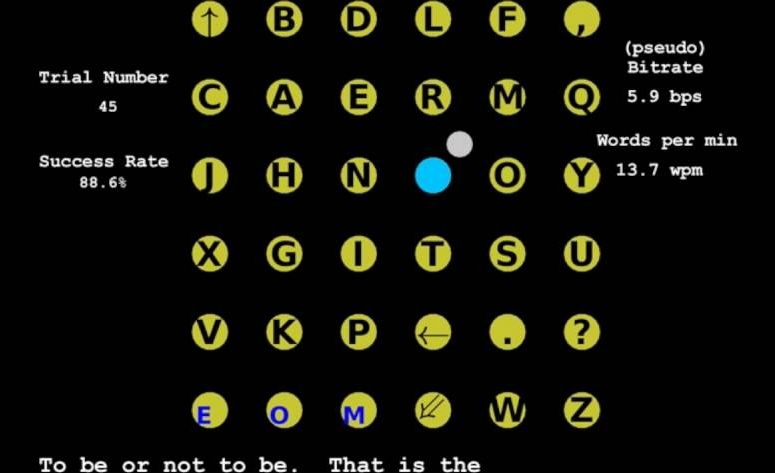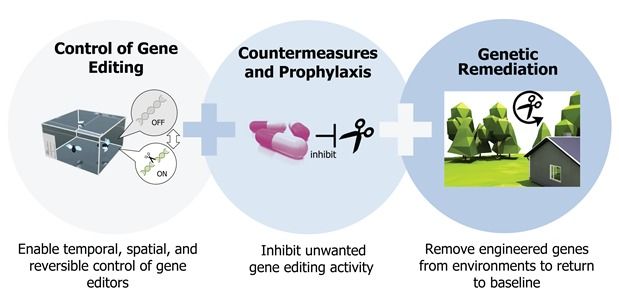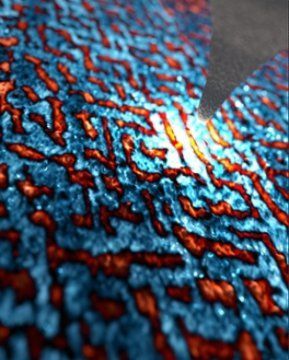Sep 12, 2016
Crocus Technology Introduces a Nano-Power TMR Digital Switch
Posted by Karen Hurst in categories: computing, nanotechnology, wearables
Nice.
Crocus Technology, a leading developer of Tunneling Magnetoresistive Sensors (TMR) based on proprietary and patented Magnetic Logic Unit (MLU) technology, announces the availability of the CT51x digital switch, the first in a series of fully integrated digital sensors the company has launched. This family of devices accommodates a wide range of applications with larger air gaps, smaller magnetic fields, and significantly lower power consumption. The CT51x enables high-accuracy position detection, control and power switching functions with high sensitivity and reliability that system designers demand for the IoT, consumer and industrial applications.
“With ever increasing demand for intelligent sensing in smart products, the CT51x family of devices offers design-in flexibility and cost-savings for existing and emerging applications: IoT, wearables, appliances, smart meters, intelligent smart locks and other consumer products,” said Zack Deiri, Chief Sales and Marketing Officer at Crocus Technology. “The market is gravitating towards intelligent solid-state magnetic switches that provide higher reliability, faster frequency response, and extremely low power consumption for battery-powered applications in a smaller form factor, such as the CT51x.”
Continue reading “Crocus Technology Introduces a Nano-Power TMR Digital Switch” »
















